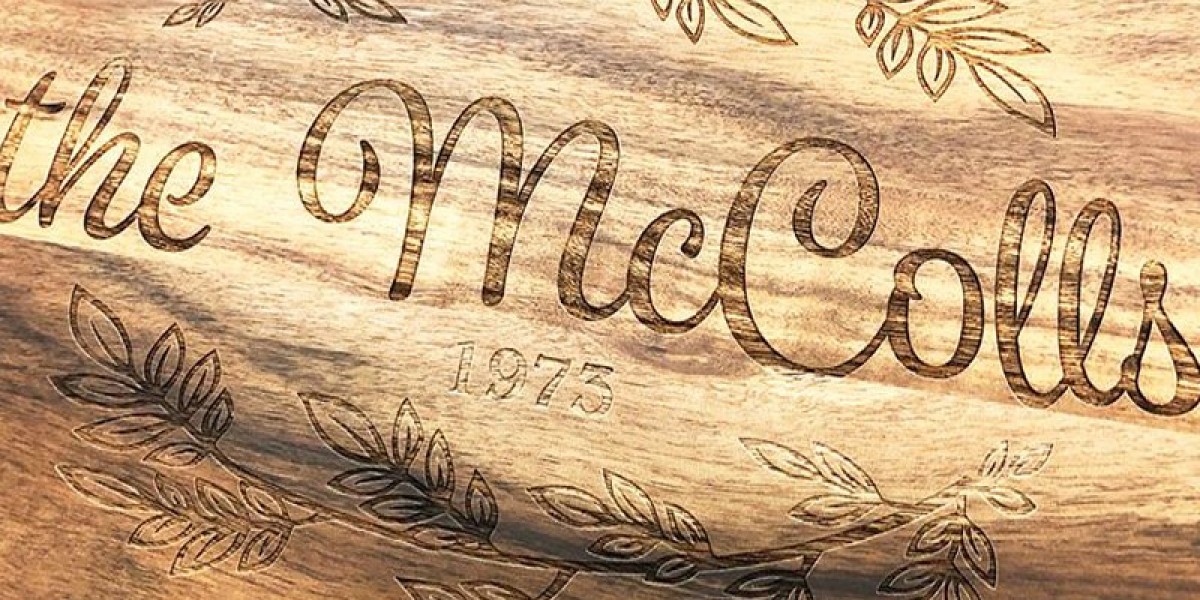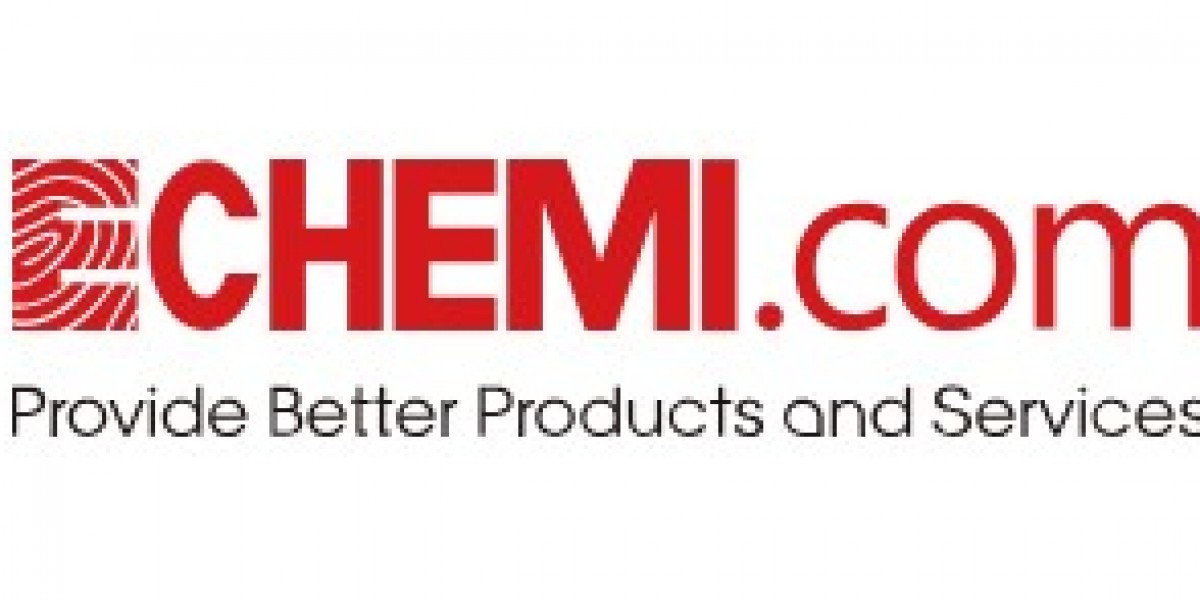Laser engraving is a modern and highly precise technology used to create detailed designs, text, and patterns on a wide range of materials. It has become a popular method for personalizing products, creating custom designs, and marking items for industrial or personal use. This comprehensive guide will cover the basics of laser engraving, its applications, types of laser engraving, materials used, and the advantages of choosing this technology for your projects.
What is Laser Engraving?
Laser engraving is a process that uses a high-powered laser beam to remove the surface layer of a material, leaving a permanent mark or design. The laser beam vaporizes the material in the designated area, creating a deep, detailed engraving. This method is highly precise and can produce intricate designs that are difficult to achieve with traditional engraving techniques.
Laser engraving is commonly used in industries like manufacturing, advertising, and crafting, as well as for personal and decorative items. The laser engraver is controlled by a computer that guides the laser to engrave the pre-programmed design, ensuring accuracy and consistency.
How Laser Engraving Works
The laser engraving process involves several key steps:
- Design Creation: The engraving starts with a design, logo, text, or image that is created using specialized software. This digital file guides the laser during the engraving process.
- Laser Focus and Power: The laser is calibrated to the appropriate power level and focal length depending on the material being engraved. Stronger power may be needed for harder materials like metal, while lower power is required for softer materials like wood or plastic.
- Laser Activation: Once the laser is focused and powered, the machine directs the laser beam at the material, removing layers to create the engraving. The precision of the laser ensures that even the smallest details are accurately engraved.
- Material Vaporization: As the laser moves over the material, it vaporizes the surface to create a permanent mark. Depending on the material and laser settings, the engraving can be shallow or deep.
- Completion: After the engraving is complete, the item may be cleaned to remove any residue left by the vaporization process.
Types of Laser Engraving
There are several types of laser engraving, each suited to different materials and applications. The three most common types are CO2 laser engraving, fiber laser engraving, and diode laser engraving.
1. CO2 Laser Engraving
CO2 lasers are one of the most commonly used types of lasers for engraving. They are well-suited for engraving non-metal materials like wood, acrylic, leather, plastic, paper, glass, and more. CO2 laser engravers operate by electrically stimulating a gas mixture that includes carbon dioxide, producing a high-powered infrared laser.
Applications of CO2 Laser Engraving:
- Wood Engraving: Used for customizing wood items like plaques, furniture, and signs.
- Acrylic Engraving: Creating custom designs on acrylic sheets used in signage or displays.
- Leather Engraving: Customizing leather products like wallets, belts, and handbags.
- Glass Engraving: Personalizing glassware, awards, or windows with intricate designs.
2. Fiber Laser Engraving
Fiber lasers use a solid-state laser that is highly efficient and has a long service life. They are primarily used for engraving metals, including stainless steel, aluminum, gold, silver, and brass. Fiber lasers are also used for marking plastics, ceramics, and other materials that are difficult to engrave with CO2 lasers.
Applications of Fiber Laser Engraving:
- Metal Engraving: Engraving serial numbers, barcodes, or logos onto metal surfaces like tools, jewelry, and machinery.
- Plastic Marking: Used for marking plastic components in automotive or electronics industries.
- Ceramic Engraving: Creating precise and long-lasting designs on ceramic products like tiles or vases.
3. Diode Laser Engraving
Diode lasers are less powerful than CO2 and fiber lasers but are useful for lightweight engraving tasks. They are often used in hobbyist applications and for engraving soft materials like wood, leather, or plastic. Diode lasers are typically more affordable and compact, making them suitable for small-scale engraving projects.
Applications of Diode Laser Engraving:
- Hobbyist Engraving: Ideal for small crafts, home projects, or personal items like phone cases or keychains.
- Soft Material Engraving: Used for engraving wood, paper, plastic, and leather.
Materials Suitable for Laser Engraving
Laser engraving is a versatile technology that can be used on a wide variety of materials. The type of laser used and the material’s properties will determine the quality and depth of the engraving.
1. Wood
Wood is one of the most commonly used materials for laser engraving. The natural grains and textures of the wood can be accentuated through engraving, making it ideal for decorative items, personalized gifts, and artistic creations.
- Common Applications: Wooden plaques, furniture, signs, and awards.
- Best Laser Type: CO2 laser.
2. Metal
Laser engraving on metal is popular for industrial applications, as well as for creating personalized jewelry and gifts. Fiber lasers are typically used for engraving metals due to their power and precision.
- Common Applications: Engraving serial numbers, barcodes, logos, and personalizations on metal products like tools, machinery, and jewelry.
- Best Laser Type: Fiber laser.
3. Glass
Glass can be engraved with fine detail, making it ideal for awards, personalized glassware, and decorative pieces. CO2 lasers are commonly used for glass engraving.
- Common Applications: Personalized glasses, awards, windows, and mirrors.
- Best Laser Type: CO2 laser.
4. Acrylic
Acrylic is a lightweight, versatile material that is often used for creating signs, awards, and displays. It engraves well with CO2 lasers and produces clean, sharp edges.
- Common Applications: Custom signs, awards, nameplates, and trophies.
- Best Laser Type: CO2 laser.
5. Plastic
Certain types of plastic, including ABS and polycarbonate, can be engraved using both CO2 and fiber lasers. Plastic engraving is commonly used for industrial parts, name tags, and product labels.
- Common Applications: Nameplates, electronics housings, and product labels.
- Best Laser Type: Fiber laser for harder plastics, CO2 for softer plastics.
6. Leather
Leather can be engraved to create custom designs on a range of products, from fashion accessories to furniture. The engraving process can darken or etch the leather, creating a contrast that highlights the design.
- Common Applications: Belts, wallets, handbags, and book covers.
- Best Laser Type: CO2 laser.
Applications of Laser Engraving
Laser engraving is used in many industries and for various purposes, including commercial, industrial, and personal applications.
1. Commercial and Industrial Applications
Laser engraving is widely used in industries for marking products, tools, and components. The precision and durability of laser-engraved marks make them ideal for serial numbers, barcodes, and other important markings that need to withstand harsh environments.
- Product Identification: Serial numbers, barcodes, and part numbers are engraved on products for identification and traceability.
- Signage: Custom signs for businesses, offices, and public spaces are created using laser engraving.
- Awards and Plaques: Trophies, plaques, and awards are commonly engraved with names, dates, and achievements.
2. Personal and Decorative Applications
Laser engraving has become a popular choice for personalizing items and creating decorative art. Personalized gifts, jewelry, and home décor items can be made unique through laser engraving.
- Jewelry Engraving: Rings, bracelets, and necklaces can be engraved with custom messages, initials, or dates.
- Custom Gifts: Items like picture frames, glassware, and wooden boxes can be personalized with laser engraving.
- Home Décor: Engraving is used to create custom artwork, signage, and decorative items for the home.
3. Artistic and Craft Applications
Laser engraving is favored by artists and crafters for its precision and ability to work on a variety of materials. It allows for intricate designs and fine details to be etched onto surfaces, expanding the creative possibilities for artists.
- Art and Sculptures: Laser engraving is used to create detailed sculptures, wall art, and decorative pieces.
- DIY Crafts: Hobbyists and crafters use laser engraving for custom projects like wooden signs, ornaments, and leather goods.
Advantages of Laser Engraving
Laser engraving offers several advantages over traditional engraving and other marking methods, making it a preferred choice for many industries and applications.
1. High Precision
Laser engraving allows for incredibly detailed and precise designs that are difficult to achieve with traditional methods. The laser beam can be controlled with extreme accuracy, ensuring clean, sharp engravings.
2. Versatility
Laser engraving works on a wide variety of materials, from metal and wood to plastic and glass. This versatility makes it suitable for a broad range of industries and applications.
3. Durability
Laser engravings are permanent and highly resistant to wear, fading, and damage. This makes them ideal for products that need to withstand tough environments, such as industrial tools and outdoor signage.
4. Non-Contact Process
Because laser engraving is a non-contact process, it doesn’t require physical force to remove material. This minimizes the risk of damaging delicate or fragile items during engraving.



